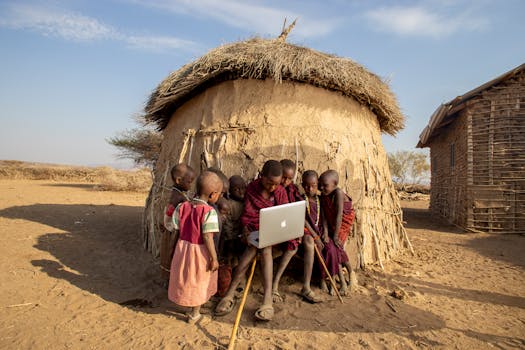
The Future of Education: What 2025 Holds
Introduction to the Future of Education
The Future of Education: What 2025 Holds, the world of education is on the cusp of a revolution. With the rapid advancement of technology, the way we learn and teach is undergoing a significant transformation. As we move into 2025, it’s essential to explore the latest trends and innovations that will shape the future of education.
Section 1: Personalized Learning
Personalized learning is an approach that tailors the learning experience to each individual student’s needs, abilities, and learning style. With the help of artificial intelligence, machine learning, and data analytics, educators can create customized learning plans that cater to the unique requirements of each student.
This approach has shown significant promise in improving student outcomes, increasing engagement, and reducing the achievement gap. In 2025, we can expect to see more widespread adoption of personalized learning, with the help of advanced technologies such as adaptive learning software, learning management systems, and AI-powered tutoring platforms.
Section 2: Virtual and Augmented Reality
Virtual and augmented reality (VR/AR) technologies are revolutionizing the way we learn by providing immersive, interactive, and engaging experiences. These technologies have the potential to transform the classroom, making learning more fun, effective, and accessible.
In 2025, we can expect to see more educational institutions incorporating VR/AR into their curricula, with applications in fields such as science, technology, engineering, and mathematics (STEM), language learning, and soft skills development. VR/AR will also enable students to explore historical sites, visit remote locations, and interact with complex systems in a highly engaging and interactive way.
Section 3: Artificial Intelligence and Automation
Artificial intelligence (AI) and automation are transforming the education sector in many ways. AI-powered tools can help automate administrative tasks, such as grading, data entry, and record-keeping, freeing up teachers to focus on more critical aspects of teaching.
In 2025, we can expect to see more AI-powered tools being used to enhance the learning experience, such as chatbots, virtual teaching assistants, and adaptive learning systems. AI will also help identify learning gaps, predict student outcomes, and provide personalized recommendations for improvement.
Section 4: Accessibility and Inclusion
Accessibility and inclusion are critical aspects of the future of education. With the help of technology, we can create more inclusive learning environments that cater to the diverse needs of all students, regardless of their abilities, disabilities, or socio-economic backgrounds.
In 2025, we can expect to see more educational institutions prioritizing accessibility and inclusion, with the help of technologies such as text-to-speech software, speech-to-text software, and accessible learning management systems. These technologies will help level the playing field, providing equal opportunities for all students to succeed.
Conclusion
The future of education in 2025 holds much promise, with technological innovations transforming the way we learn and teach. As we move forward, it’s essential to prioritize personalized learning, VR/AR, AI, and accessibility to create more effective, engaging, and inclusive learning environments.


